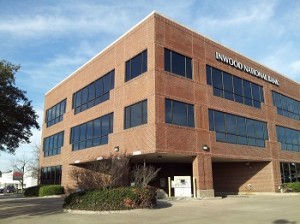
1. Steep slope roofers who install water shedding systems try to do low slope water proofing systems. These fail miserably. Use a roofer who is at least certified with the roofing manufacturer to install their product. Even then BEWARE. Do I have your attention? The number one reason commercial roofing installation fails is due to improper installation.
2. Roofing over wet material. This can cause dry rot, mold, rust and other material failure. It will also cause asphalt roof systems to blister and fail.
3. Installing a new roof system over two or more existing roof systems. Two layers of roof systems are all that is allowed so as not to overload the deck with too much weight.
4. Wall termination consisting of a termination bar with sealant and no counter flashing. Even though some manufacturers approve this detail, it does not work. The termination bar will deflect during its life and cause a separation between itself and the wall material allowing water to enter.
5. Scupper flashing that is not properly flashed into the collector head or sealed to the exterior wall material. Any gap between these materials will be susceptible to water entry as the water running through the scupper will swirl inside the collector head and find the gap.
6. Roof drains that do not have proper sealant under clamping ring. Same as above. All the water from the roof area is running to these drains and swirling around. Any pin hole opening is like having a hole in the bottom of your pool.
7. Metal drip edge not “sandwiched” into roofing system. If this metal edge is not properly secured or covered the water trying to leaving the roof at this edge will migrate under the edge and be wicked up under the roof membrane via the insulation.
8. Pipe or other penetration flashing not clamped 8” above the roof surface and not properly targeted at the base. With no clamp, water can run down the outside surface of the pipe and into the building. The target is covering a large pipe hole. If it is not done well it has a big hole through which to enter the building. Most targets are installed by hand, not machine, and are more susceptible to human error.
9. End laps of rolled goods not properly lapped or secured allowing seam failure. Again, this work is done mostly by hand, not machine, and is sporadic, contributing to the human error factor.
10. Penetration pockets not filled and mounded on the top. If not filled properly the pockets will hold water, causing material degradation and failure.
